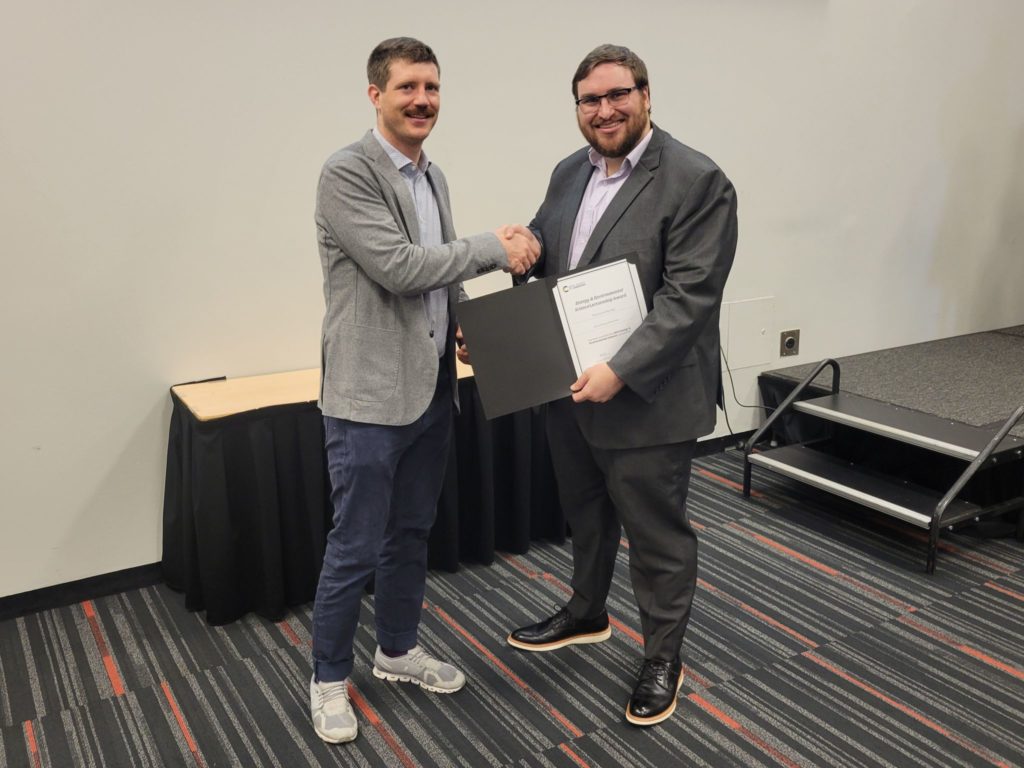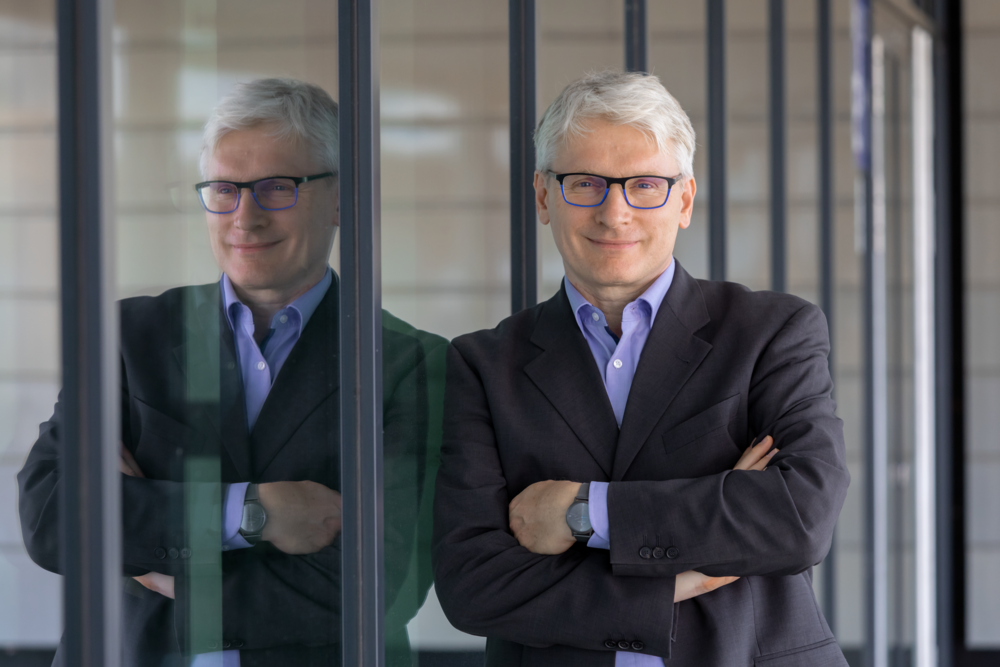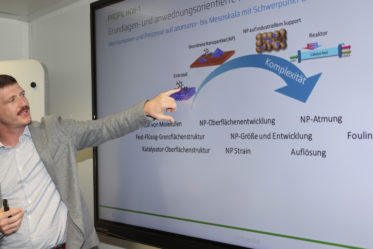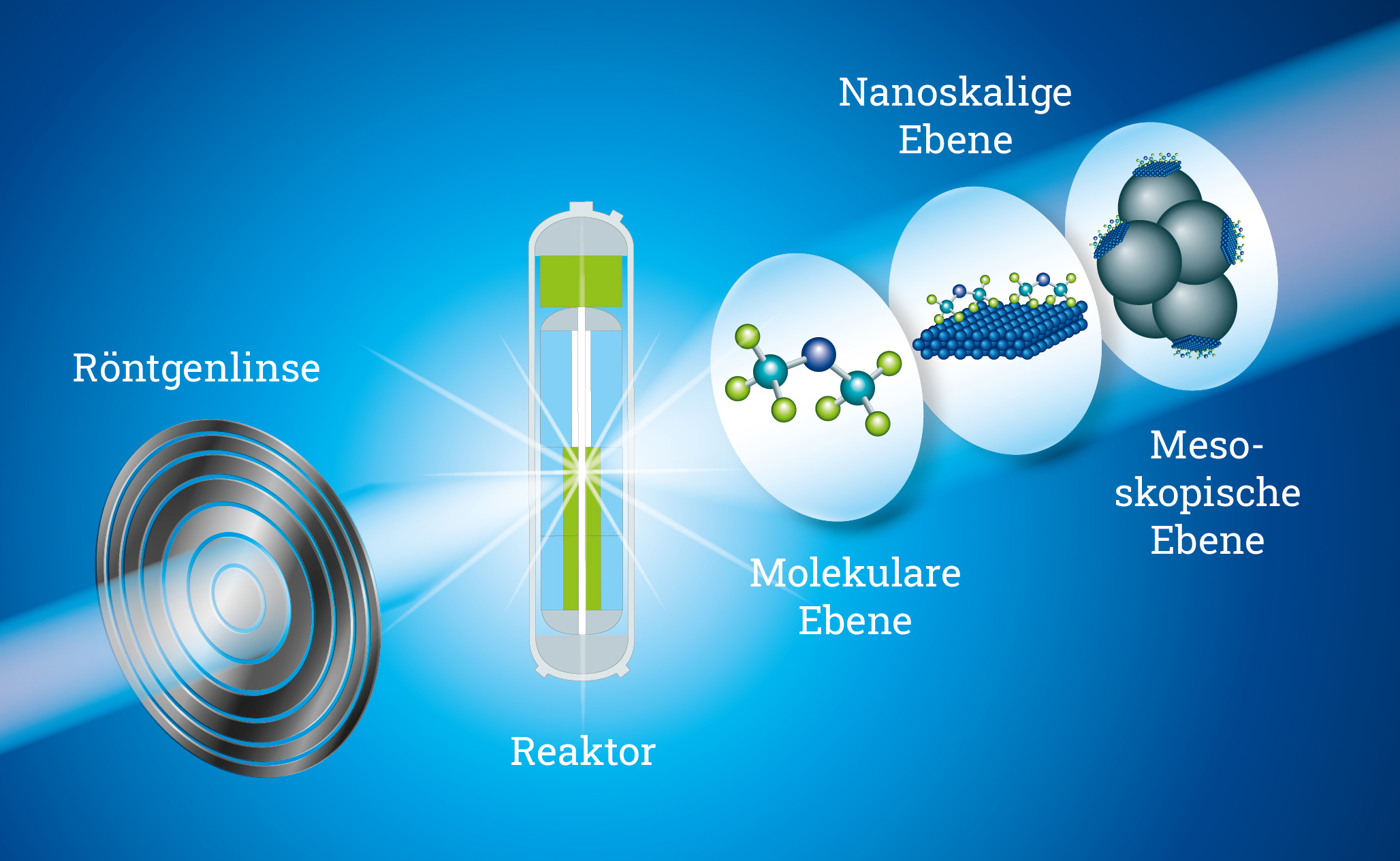The professor of small things

A dark forest that is brightened up with glowing balls – in simple terms, this is how X-rays work on a molecular level. Photo: Adobe Stock
What do hydrogen, Conrad Röntgen and a dark forest have to do with each other? From Hans-Georg Georg Steinrück’s point of view, quite a lot. The physicist is Professor at the Institute for Sustainable Hydrogen Economy (INW) at Forschungszentrum Jülich and Director of the Catalytic Interfaces division (INW-1).
Since the end of 2023, he has been the INW’s expert on the smallest particles. In the figurative sense of Goethe’s Faust, Hans-Georg Steinrück wants to know what holds the world together on the inside. More precisely, the hydrogen world. In order to be able to observe these smallest particles, Hans-Georg Steinrück and his team at INW-1, which is currently being set up, use X-rays.
In other words, the very radiation that Conrad Röntgen discovered in 1895 and which is used today to look inside an opaque body. For example, to determine whether a bone is broken or not.
Ångström – the perfect wavelength
‘There is no better method for our purposes,’ says Hans-Georg Steinrück. This is why he is currently planning to set up an X-ray laboratory in Jülich. The fact that X-rays are well suited to analysing the atomic level has to do with the wavelength of the radiation. This is approximately one Ångström, which corresponds to one ten millionth of a millimetre. One angstrom is also a typical size for the radius of an atom. X-rays therefore have exactly the right wavelength to recognise when something changes at the atomic level. Either because the position of an atom or molecule has changed or because a molecule or catalyst particle has broken apart.
Schematic representation of the X-ray of a catalytic reactor in order to elucidate its internal structure at the molecular, nanoscale and mesoscopic level.
In many cases, however, and in contrast to a broken bone, Hans-Georg Steinrück and his team do not receive a precise X-ray image that shows 1:1 what has happened. ‘We model the signal and use it to construct a model of the observed phenomenon,’ explains the physicist at the HC-H2 event Brainergy Park Connect, where the residents of the park come together for lunch. He explained the X-rays of molecules and atoms to the audience using an abstract comparison to a dark forest in which the trees can no longer be seen. ‘If we want to know how big the trees are, what their shape is and how far apart they are, we send lots of glowing balls into the forest and observe how they are deflected. This allows us to draw conclusions about the trees.’
Synchrotron and X-ray laboratory
In future, this should be possible with the X-ray laboratory. The group is already working on so-called synchrotron radiation sources, which they can use in Hamburg or Grenoble, for example. ‘We will continue to be a synchrotron group because we benefit greatly from the possibilities of this technology,’ says the Director. A synchrotron is a particle accelerator and a source of extremely bright X-ray light. The data that results from a synchrotron is more diverse and more precise. However, a synchrotron is available much less frequently because many research groups want to use it. The in-house X-ray laboratory of the future will offer the opportunity to measure continuously. In the end, it’s the mix that counts. A large amount of data at a few short points in time and a long data series together result in a conclusive data set.
Awards from the Royal Society of Chemistry and the International Society of Electrochemistry
Hans-Georg Steinrück, then a junior professor in the Chemistry Department at Paderborn University, received the Energy & Environmental Science (EES) Lectureship award back in 2022. According to the Royal Society of Chemistry (RCS), the award honours ‘outstanding young researchers working on an energy research topic within the context of energy and environmental science. The researchers are also given a platform to present their own research to the wider scientific community.’
Now, at the 75th Annual Meeting of the International Society of Electrochemistry (ISE) in Montreal, Canada, Hans-Georg Steinrück gave his presentation on the occasion of the award. ‘For me, this is a great honour and a great incentive to continue working with my team on the energy storage of the future,’ said Hans-Georg Steinrück.
This year, ISE also honoured another Jülich researcher with a prestigious award. Prof. Michael Eikerling from the Institute of Energy Technologies (IET), Theory and Computational Modelling of Materials in Energy Technology (IET-3), was elected a Fellow of the International Society of Electrochemistry. The award honours his work on theoretical electrochemistry, in particular his contributions to the simulation of electrocatalytic reactions at interfaces.

Hans-Georg Steinrück (left) accepts the award in Montreal. Photo: ISE

Prof. Michael Eikerling from the Institute of Energy Technologies (IET) at Forschungszentrum Jülich has been elected a Fellow of the International Society of Electrochemistry. Photo: Forschungszentrum Jülich



